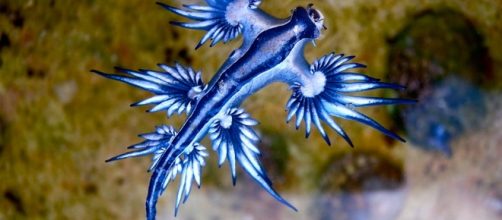The fact that more people have been to outer space than to the bottom of the ocean floor proves how elusive our planet remains to scientists and explorers. There are thousands of species that remain undiscovered on our planet, simply because we are still unable to explore certain areas. Recent exploration of the Deep Sea conducted near the Australian coastline led to the discovery of more than 300 new species.
Journey to the deep end
The project that started in Tasmania and ended near the Coral Sea concluded this past Friday as the CSIRO research vessel Investigator docked in Brisbane after a month-long process.
The expedition was a tedious one, but it was fruitful, to say the least, considering how many new species were unearthed in the process.
The project was led by Dr. Tim O’Hara and included a massive team of 27 scientists, 13 technicians, and 20 other crew members hailing from seven different countries. The vessel used managed to plummet four kilometers deep, and surveyed a 12-kilometer-wide section. Mapping technology was used to understand the terrain of the Australian coastline while a sampling box managed to collect anything and everything it could get its hands on, and this included several previously undiscovered species.
Secrets of the sea
The sheer variety of new species found during this exploration is mind-boggling, including spiny crabs, strange sharks, gelatinous fish, and bioluminescent invertebrates.
Over 1000 different species were collected, with nearly one third yet to be named. It is also believed that nearly half of the species collected contain bioluminescent properties – a trademark characteristic of deep sea creatures.
While taxonomists continue to study, understand, and name the newly found species, we have been given a preview of the kind of discoveries we can expect from this expedition. One of the best findings involved the discovery of the cookie-cutter shark. This species of shark is known to operate in what is called the “twilight zone” of the water -- the deepest part of the water that light can penetrate, roughly one kilometer below the surface of the water.
These sharks glow while swimming in the twilight zone.
In this region, animals below the shark can see its shadow as it swims, but, if the shark manages to glow in the same color as the light above it, it manages to become invisible.
With these discoveries, it's safe to say that it is an interesting time for Marine Biology.


